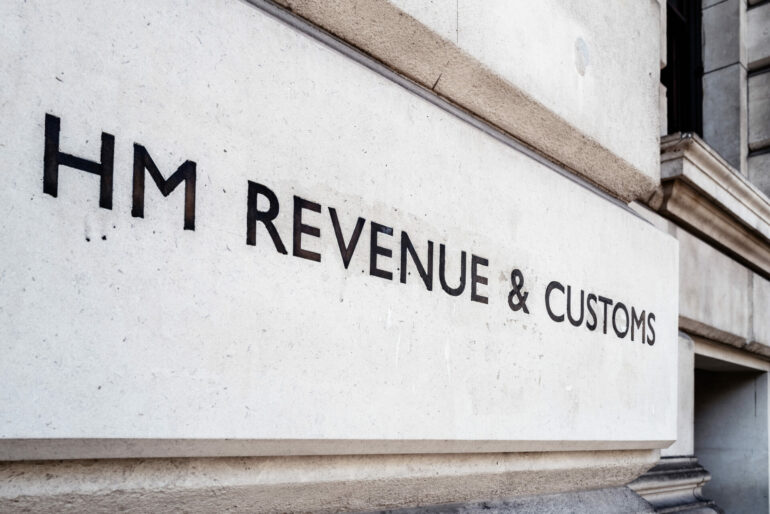Figures released by HMRC today show that the Treasury raked in £6.8bn in Inheritance Tax (IHT) receipts in the eleven months from April 2023 to February 2024.
This is £0.4bn higher than in the same period a year earlier.
The increase of 6.25% means the Treasury is on course to take record receipts of about £7.54bn from IHT in the 2023/24 tax year, after surging to an all-time high of £7.1bn in 2022/23 – a £1billion increase on 2021/22.
The Government’s Inheritance Tax take seems to be increasing thanks largely to years of house price increases, especially in London and the south-east, pushing families that probably wouldn’t consider themselves wealthy, over the inheritance tax threshold.
Nicholas Hyett, investment manager at Wealth Club, said: “One in every 25 estates pay inheritance tax, but the freeze on inheritance tax thresholds, paired with inflation and decades of house price increases is bringing more and more into the taxman’s sights.
“No one likes to pay more tax than they need to, and Inheritance Tax is among the least popular of all taxes. But with a little planning, there are a number of perfectly legitimate ways to reduce your liability – including some that should be front of mind as we approach the end of the tax year.”
He added: “Every tax year you can give up to £3,000 away tax-free. The allowance resets every year, although if you didn’t use it last year you can combine it and pass on £6,000 this year.
“It’s also possible to give up to £250 each year to however many people you wish, and make wedding gifts of up to £5,000 to your child; £2,500 to your grandchild; £2,500 to your spouse or civil partner and £1,000 to anyone else.
“Beyond these annual allowances, you can pass on as much as you like IHT-free so long as you live for at least seven years after giving money away.”
Laura Hayward, tax partner at Evelyn Partners, added: “The importance and impact of Inheritance Tax is set to grow as there is a massive transfer of wealth in the offing in the next couple of decades.
“Research shows that the older generations have as much as £2.6tn of equity tied up in their homes, which the next generation, or the one after, are set to inherit.
“With nil-rate band allowances currently frozen and shrinking in real terms with inflation, that could lead to an explosion in IHT liabilities, if rules remain the same.”
She continued: “Even without a wave of wealth being transferred, more estates, and more assets in each liable estate, are being dragged over the threshold at which IHT kicks in, which has been frozen at £325,000 since April 2009.
“The modest property downturn of the last year or so seems to be over, so with the residential nil-rate band also frozen at £175,000, the trend of families or individuals with modest levels of wealth mostly held in property being subject to a 40% tax is likely to continue.
“Time is running out in this tax year to take advantage of annual gifting allowances but it is still possible to do so, and it is an easy step to take to reduce IHT liability.
“Unlike ‘potentially exempt transfers’, which could become liable to IHT if the donor dies within seven years, gifting within the annual allowances automatically leaves the estate. It is a good idea though to keep clear records to satisfy any enquiry from HMRC.
“Moreover, as defined contribution pension pots are very IHT-efficient, some savers might look to use up their annual pension allowance with extra contributions.”



